Selected
- Details
- Written by Grant Broadcasters
- Category: Selected
- Hits: 107
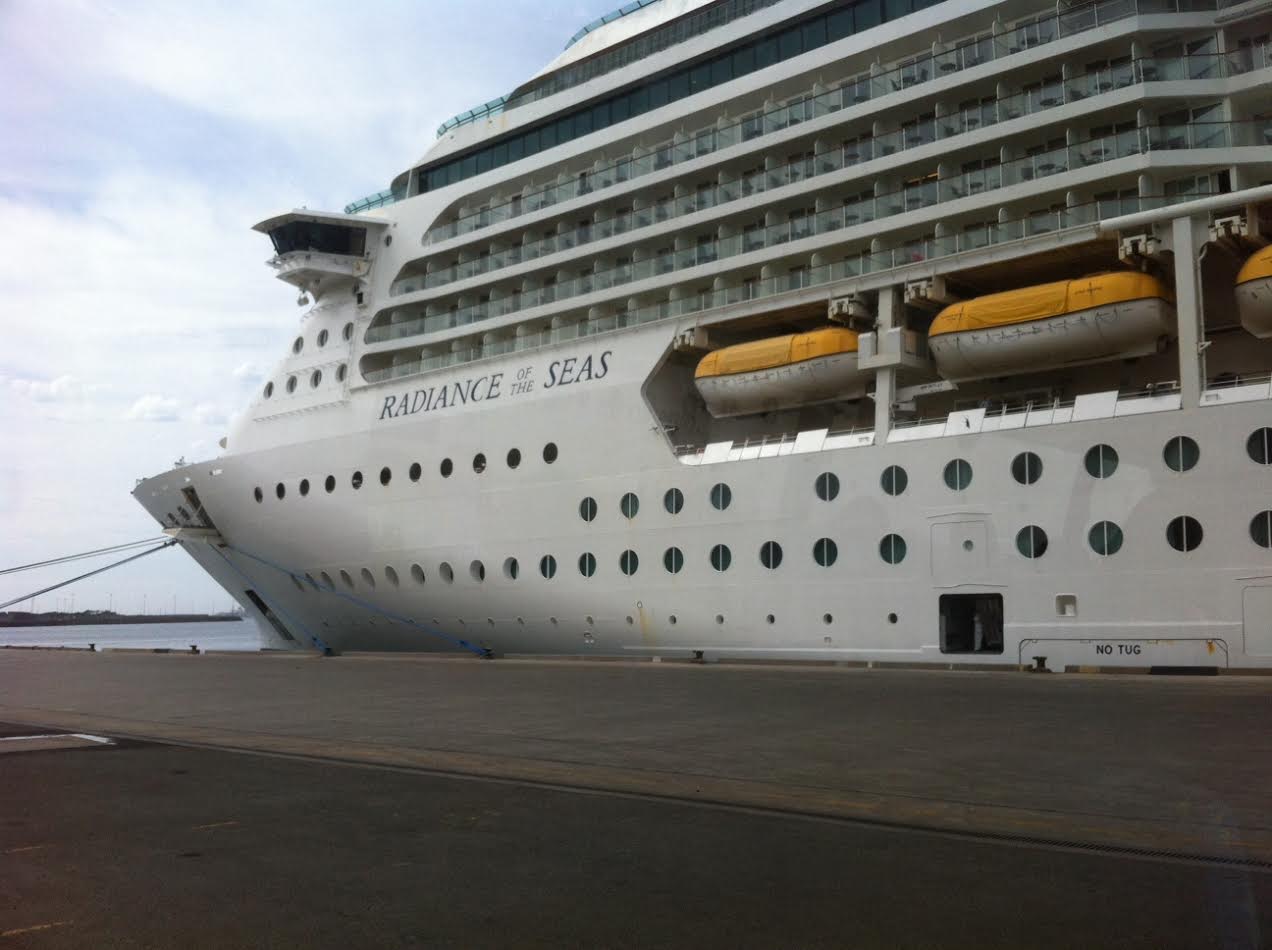
Australian authorities are lifting a ban on cruise liners that's been in place since March 2020.
NSW, Victoria and Queensland have outlined testing and vaccination requirements for passengers and crew in preparation for the ships to return.
However, Tasmania is still reviewing whether such a move is safe for the island state.
Peak body Cruise Lines International Association Australia says the lifting of the ban will be marked by "a carefully managed resumption of operations" in a sector that previously supported more than 18,000 jobs.
The first international cruise ship to return, P&O Australia's Pacific Explorer, will sail into Sydney Harbour on Monday morning in readiness for its return to service on May 31.
It will be followed at the end of the month by Ponant's Le Laperouse, which will begin operations between Darwin and Broome on April 28, joining local operators in time for the important Kimberley season.
The move comes despite COVID-19 infections remaining stubbornly high.
NSW reported almost 10,000 new cases on Sunday, along with six-virus-related deaths. Victoria added 8153 infections to its caseload and two fatalities.
More than 41,000 new cases and 35 deaths were reported across the nation on Saturday, while net hospital admissions were up two dozen patients and seven more were admitted to intensive care.
Meanwhile, Labor frontbencher Chris Bowen has been sidelined from the federal election campaign trail after testing positive to the virus.
Mr Bowen confirmed the news via social media on Saturday, saying he would spend the next seven days in isolation.
"I was looking forward to a few days campaigning in regional Queensland and Brisbane but it isn't to be," he tweeted.
"Can't wait to get back on the trail with our magnificent candidates and make an Albanese government a reality."
It comes after Labor's home affairs spokeswoman Kristina Keneally and Home Affairs Minister Karen Andrews contracted the virus last week.
Elsewhere, Health Victoria is monitoring the new BA.4 or BA.5 Omicron variant after samples were confirmed in a catchment at Tullamarine, north of Melbourne.
The sub-variant has been recently detected in a small number of cases in South Africa, Botswana, Belgium, Denmark, the United Kingdom and Germany.
The World Health Organisation says there are no known significant epidemiological differences between the new Omicron strain and the more dominant BA.2 strain.
"There is no cause for alarm with the emergence of the new sub-variants," WHO regional director for Africa Matshidiso Moeti said this week.
"We are not yet observing a major spike in cases, hospitalisations or deaths."
LATEST 24-HOUR COVID-19 DATA FROM ACROSS AUSTRALIA:
NSW: 9725 cases, six deaths, 1527 in hospital, 64 in ICU
Victoria: 8153 cases, two deaths, 401 in hospital, 25 in ICU
© AAP 2022
Image: News
- Details
- Written by Grant Broadcasters
- Category: Selected
- Hits: 143
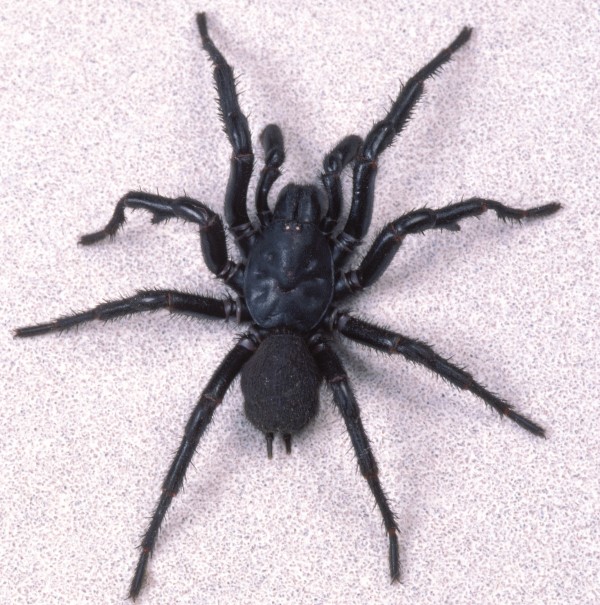
Unfortunately eastern Australia's big wet has brought funnel-web spiders out in force.
Apparently they don't like their burrows being flushed through, while excessive rain also tends to send them in search of the opposite sex.
Worry not, though. While there were 13 fatal funnel-web bites in Australia prior to the development of an antivenom for clinical use by medical researcher Dr Struan Sutherland in 1981, there have been none since.
Moreover, the staff at Australian Reptile Park north of Sydney are determined to keep it that way.
In fact head keeper Jake Meney has just beaten his own record for extracting venom from funnel-webs, which is then used to make lifesaving antivenom.
He was able to milk an average 0.35mg per spider or .03mg better than his previous best.
Although minuscule, the difference is enough to kill a room full of adult humans. It's also why park management likes to think of Mr Meney as their friendly neighbourhood Spider-Man.
He and his team work tirelessly to capture every drop possible, says director Tim Faulkner.
"We rely heavily on the public handing in funnel-web spiders and would not be able to help save lives if it weren't for their generous donations," he said.
"We are about to head into the off season but funnel-webs are still around due to the heavy rains."
Australian Reptile Park is the only place in Australia that milks funnel-web venom.
It encourages adults to catch wandering funnel-webs safely and drop them directly to them or at participating locations around Sydney, the Central Coast or Newcastle.
The rest is up to Mr Meney and his team who, it seems, can't resist trying to outdo one another when it comes to setting records.
"We do try to make a bit of a competitive game out of it," he said.
"It makes us work a little harder to reach that goal and we're so proud to say all the venom is going straight into saving the lives of the Australian public."
© AAP 2022
Image: CSIRO, CC BY 3.0 <https://creativecommons.org/licenses/by/3.0>, via Wikimedia Commons
- Details
- Written by NSW News
- Category: Selected
- Hits: 183
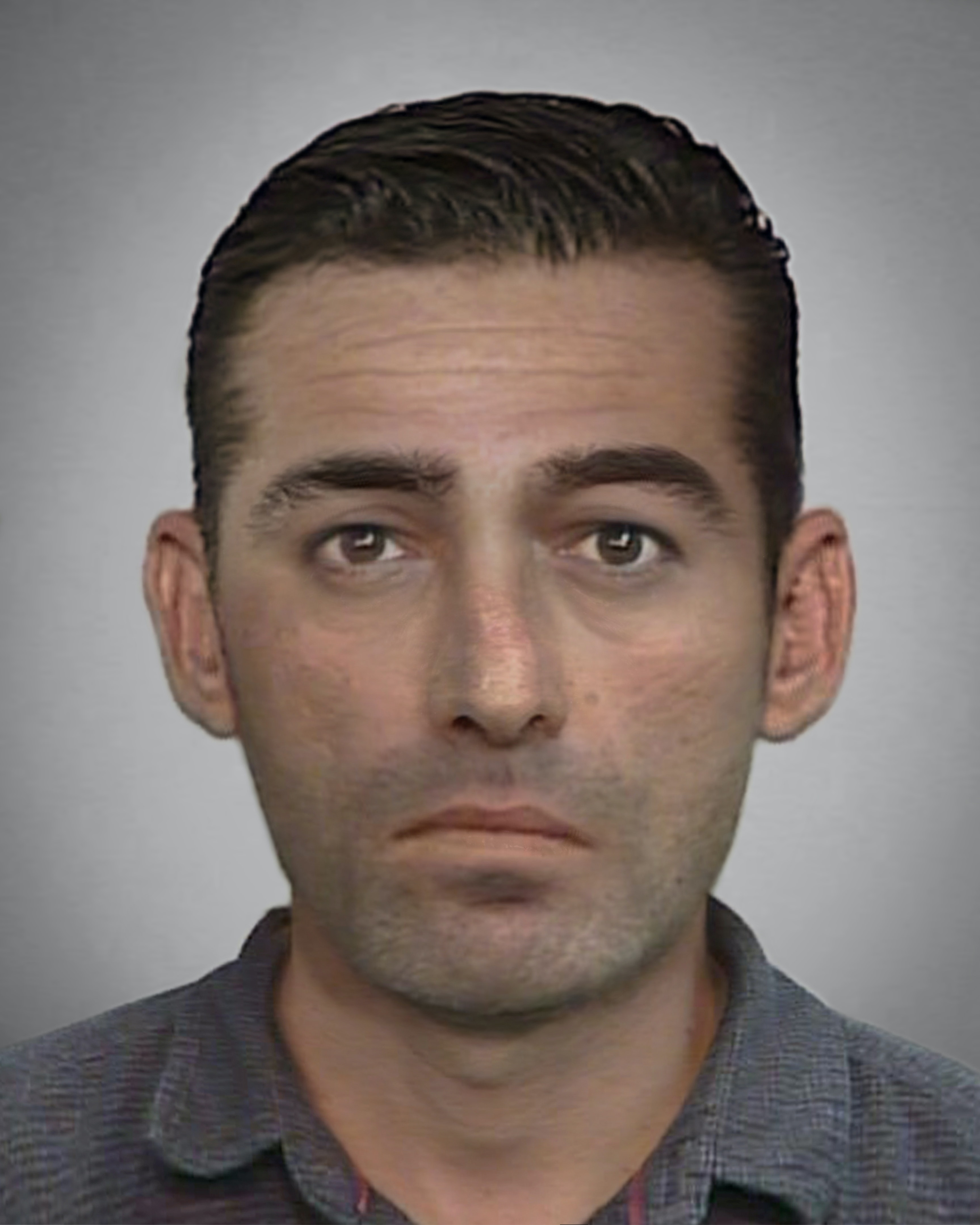
The NSW Government has offered a $500,000 reward and released a digital forensic facial reconstruction to help Unsolved Homicide Unit detectives solve the murder 25 years ago of a man whose identity remains a mystery.
About 11.30am on February 21, 1997, a man and woman stopped at a public rest area on the southern side of the Hume Highway at Penrose, near Marulan, where they noticed a body submerged at the river’s edge.
Local police attended and recovered the body of a man who had been decapitated at the base of the neck.
A crime scene was established and examined by specialist forensic officers, and an investigation was commenced.
On March 31, 1997, police were told four fishermen had located a shopping bag containing a human head in Salt Pan Creek, Padstow, about a month earlier.
The head was retrieved by police and was later confirmed as a match to the remains discovered at Penrose.
The man’s remains and other items were subjected to extensive forensic examinations before a forensic sculptor from Melbourne University created a plaster recreation of the man’s face, which was displayed as part of a public appeal for information later that year.
Despite exhaustive inquiries, which involved law-enforcement agencies around the world, the man has never been identified.
In 1999, an inquest by the NSW Coroner found that the man had died by strangulation by a person or persons unknown on or about February 20, 1997.
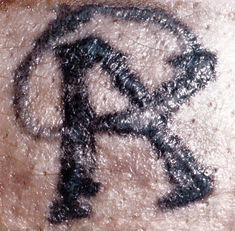
Since that time, further police inquiries involving fingerprint and familial DNA analysis have been unsuccessful, and an updated reconstruction of the man’s face has now been created by the NSW Police Facial Recognition Unit to assist with inquiries.
To support ongoing police investigations, the NSW Government has announced a $500,000 reward for information which leads to the identification of the man and/or those responsible for his murder.
Deputy Premier and Minister for Police Paul Toole said the modern technology that police use in this day and age can lead to unsolved crimes finally being resolved.
“While this is a particularly gruesome crime that occurred decades ago, police believe their questions can still be answered by someone in our community,” Mr Toole said.
“This investigation has involved some truly remarkable work by the NSW Police Facial Recognition Unit to help identify this man.
“I’d encourage anyone with even the smallest piece of information to reach out to police.”
Homicide Squad Commander, Detective Superintendent Danny Doherty, said advances in technology have enabled a new profile of the man’s face to be developed to a very high accuracy.
“The technology used in this reconstruction is able to recreate the likeness of what the deceased man would’ve looked like at the time to an incredibly high standard,” Det Supt Doherty said.
“We have also issued a photo of a distinct letter ‘A’ style tattoo found on the man’s upper-right arm in the hope someone may recognise him.
“He was murdered in a particularly gruesome fashion and his naked body was left in a river on the side of a highway, his head decapitated.
“This brutal crime has remained a mystery for a significant period of time and anyone who can help solve it may receive $500,000 for their efforts, so please come forward,” Det Supt Doherty said.
Images: NSW Police
- Details
- Written by NSW News
- Category: Selected
- Hits: 154
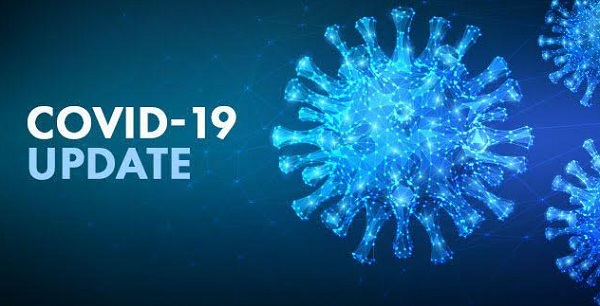
Two people from Wollongong and one each from from the Hunter region and Central Coast are among 18 new COVID-related deaths across NSW in today's figures.
There were also four people from Western Sydney, four from Sydney’s north, three from Sydney’s north west, one from Sydney’s Northern Beaches, one from Sydney’s Inner West and one from Sydney’s south.
The 10 men and eight women included two people in their 50s - one of whom had received three doses of a COVID-19 vaccine the other was unvaccinated.
Both had underlying health conditions.
There were also three people in their 70s, eight in their 80s and five in their 90s.
This brings the total number of COVID-19 related deaths in NSW since the beginning of the pandemic to 2,608.
There are currently 1,491 COVID-19 cases admitted to hospital, including 72 people in intensive care, 20 of whom require ventilation.
Across the state there were13,601 new COVID cases in the 24 hours to 4pm yesterday.
They included 2048 from the Hunter New England area, 1582 from Northern Sydney, 1524 from Western Sydney, 1485 from South-Eastern Sydney, 1403 from South Western Sydney, 1164 from Sydney, 754 from the Illawarra Shoalhaven, 674 from the Central Coast and 407 from Southern NSW.
Page 57 of 191